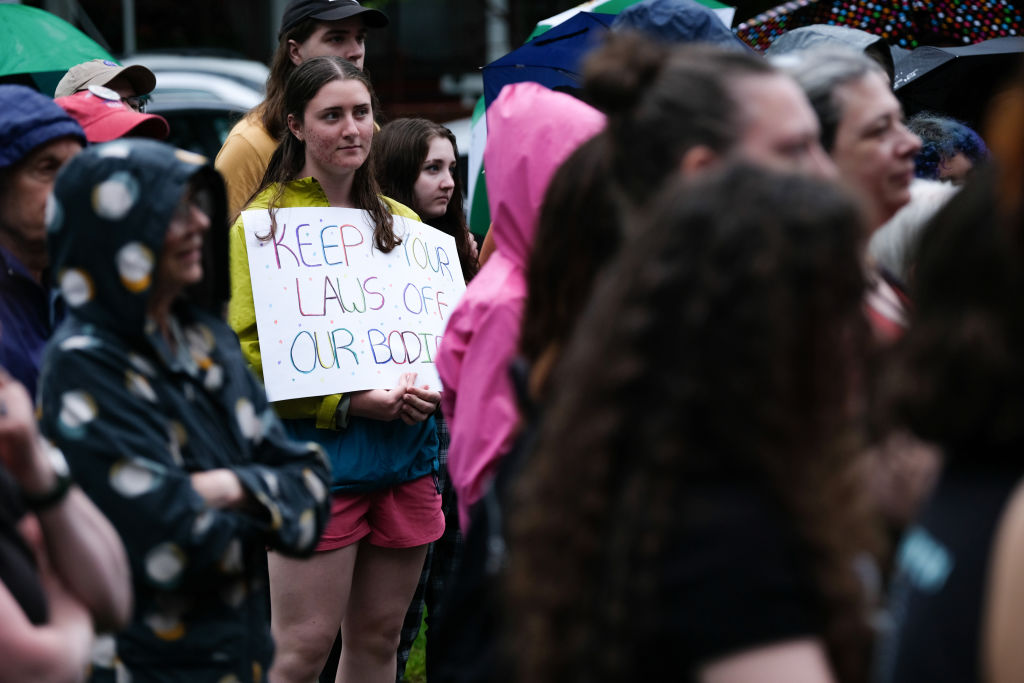
Over 400 first-time voters gathered in Washington, D.C., this summer for an opportunity to experience democracy at work, right in our nation’s capital, and discuss deciding issues in the upcoming election. America in One Room: The Youth Vote—hosted by Close Up, the Deliberative Democracy Lab at Stanford University (DDL), Helena, Generation Lab and the Neely Center at the University of Southern California—aimed to gauge the opinions of 17- and 18-year-olds, with a representative sample from every state in America.
The conference measured the depth of knowledge, beliefs and opinion strength held by young voters. First, participants took a survey answering where they stood on four social issues: the environment, economy and the workforce, healthcare and democracy and elections. Next, they met in small groups to deliberate. After deliberation, they heard from a panel of experts spanning the political spectrum. Then, they took the survey again.
Participants of America in One Room were particularly open to changing their minds in support of women’s healthcare. (These findings have been reflected in other polls, too: A recent one from the Harvard Institute of Politics found that women’s reproductive rights are a top concern among 18- to 29-year-olds nationwide.)

U.S. Abortion Access
Discussions on healthcare at America in One Room included peer-to-peer discussions about reproductive rights and abortion access. Participants were asked specific questions about abortion in surveys and their views before and after deliberation and panel discussions.
One question asked: “On a scale of one to 10, to what extent do you oppose or support the following: The U.S. should pass a law guaranteeing national access to abortion.” A significant portion—21.7 percent—of Republicans and Independents were persuaded to change their stance on abortion.
- Among all participants: Support before deliberation was 68.1 percent; support after deliberation was 72.7 percent.
- Among Democrats: 90.8 percent support before, 90.9 percent support after.
- Support among Republicans increased by 8.7 percent: 29.7 percent support before, 38.4 percent support after.
- Support among Independents increased by 13 percent: 65.9 percent support before, 79 percent support after.
Participants showed a baseline support of federal laws protecting women’s healthcare.
- When asked if the U.S. federal government should create protections for abortion when the pregnancy threatens the mother’s life, a majority of young Republicans—63.2 percent—initially supported a federal law. After deliberating with their peers, Republicans’ support increased to 77.1 percent—up 14 percent.
- Among all participants, favor for the protections moved from 81.7 percent to 88.7 percent.
In the latest presidential debate, Donald Trump claimed that the majority of Americans approve of the overturning of Roe v. Wade and allowing abortion to be regulated at the state level. America in One Room data indicated the opposite: Young voters highly favor a federal law ensuring access to abortion.
Contraception Protection
One of the biggest shifts in opinion occurred with a question regarding federal spending on contraception.
Initially, the majority of survey respondents opposed the statement, “Federal funds should not be used to fund contraceptive access,” at 61.5 percent. After discussing with peers and hearing information from experts, overall support of federal funding for contraception increased to 71.2 percent. A whopping 24 percent of Independents changed their minds to favor federal funding.
- Opposition before deliberation among all participants: 61.5 percent, after deliberation: 71.2 percent.
- Democrats: 77.4 percent before, 81.4 percent after.
- Republicans: 39.5 percent before, 52.5 percent after.
- Independents: 49 percent before, 73.4 percent after.
The rise in young voter participation was a key factor that tipped the balance in Democrats’ favor in the 2020 presidential and congressional elections. Engaging young voters on the issues of reproductive rights is essential in 2024.
America in One Room demonstrates that empowering young voters to talk about important issues reduces political polarization. Conversation with peers can change strongly held views on topics often avoided for being considered “too divisive.” Educating and mobilizing around access to birth control, fertility treatment, medical intervention and abortion care are key elements for voter turnout in the upcoming elections.
At Ms. magazine, our mission is to deliver facts about the feminist movement (and those who stand in its way) and foster informed discussions—not to tell you who to vote for or what to think. We believe in empowering our readers to form their own opinions based on reliable reporting. To continue providing you with independent feminist journalism, we rely on the generous support of our readers. Please consider making a tax-deductible donation today if you value the work we do and want to see it continue. Thank you for supporting women’s voices and rights.



